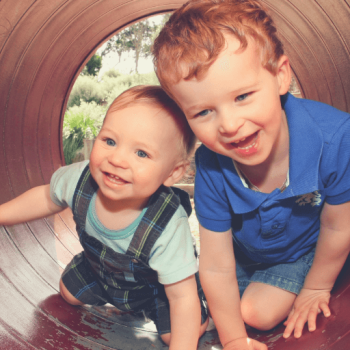Safeguarding
What is Safeguarding?
Safeguarding is the action that is taken to promote the welfare of children and protect them from harm.
Safeguarding means:
- protecting children from abuse and maltreatment
- preventing harm to children’s health or development
- ensuring children grow up with the provision of safe and effective care
- taking action to enable all children and young people to have the best outcomes.
Child protection is part of the safeguarding process. It focuses on protecting individual children identified as suffering or likely to suffer significant harm. This includes child protection procedures which detail how to respond to concerns about a child.
(From NSPCC)

Guidance for the Voluntary Sector
Voluntary and community organisations that work with children need to ensure they have a Safeguarding policy and procedure in place, as described in the ‘Working Together to Safeguard Children‘ document This is to ensure that your group understands safeguarding processes, enabling you to work effectively with the Staffordshire Safeguarding Children Board.
SCVYS are working with SSCP to replace any reference to Working together 2018 with Working Together 2023. SCVYS appreciate your patience while this work is under way.
If, as an organisation you work in schools then you will also need to adhere to the Keeping Children Safe in Education legislation.
What is the Safeguarding Children Partnership?
The Staffordshire Safeguarding Children Partnership (SSCP) is the key statutory mechanism for agreeing how local organisations will co-operate, to safeguard and promote the welfare of children and young people living in Staffordshire.
It is an inter-agency forum for agreeing how the different services and professional groups should co-operate to safeguard children and for ensuring that arrangements work effectively, to promote better outcomes for children. SSCP membership includes:
• Staffordshire County Council
• Staffordshire and Stoke-on-Trent Integrated Care Board
• Staffordshire Police
Where does SCVYS fit?
Following the devastating incident in Southport in 2024 and escalating concerns about disinformation and violence across the UK we have included some information below to support you and your organsiation in ensuring the safety of the young people, volunteers and staff working with you.
Please click the following subjects to download guidance documents:
PSHE Education Special on Violent Disorder
Physical Security in Youth Work Settings
Guidance for those working with young people following a traumatic community event
Lockdown and inward evacuation procedures
Issues for consideration when developing lockdown plans
Addressing unrest, disinformation and violence
Protective security and preparedness for Education settings, although this documents is mainly aimed at educational settings it does cover information on Bomb Threats, RUN HIDE TELL, Personal Emergency Evacuation Plans, Communicating during an incident and grab kits
You can also access the PROTECTUK e-learning free training ACT’Introduction to terrorism’ here, covering:
- Identifying security vulnerabilites
- How to identify & respond to suspicious activity
- How to identify and resond to a suspicious item
- What to do in the event of a bomb threat
- How to respond to a marauding attacker
- Summary and supporting materials

